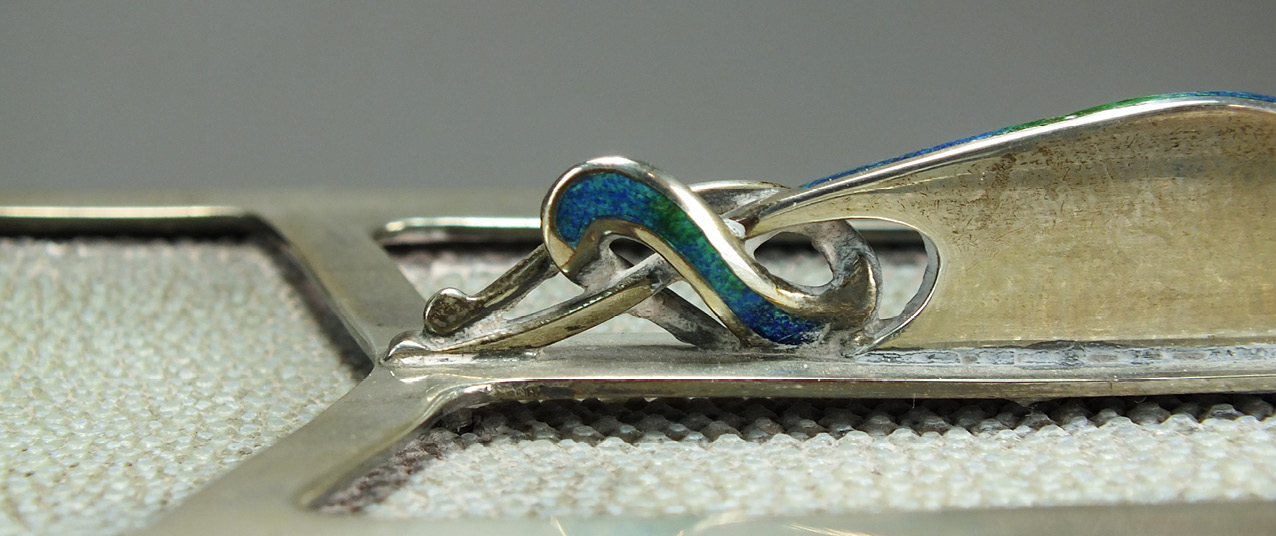

Reading silver hallmarks is a skill that can tell you a lot about your silver item, including the purity, where it was assayed, in whose factory it was produced, and the year in which the item was assayed.
07/02/2023
All British silver produced today requires a hallmark. This practice has been in place for over 600 years and was introduced to ensure that any silver being traded met a certain standard of purity. To qualify for a hallmark the silver content of a piece must be a minimum of 92.5%.
Hallmarks provide us with the amazing opportunity to find out not only if a piece of metal is actually silver but also who made it, when it was made and where. A maker’s mark, composed of the manufacturer’s initials, tells us who made a piece. A date letter is used to denote the year the piece was made and an Assay mark is used to show where in the country it was tested and hallmarked.
There are currently four Assay offices in the UK; London, Birmingham, Sheffield and Edinburgh but there used to be many more. Pieces hallmarked in Chester and Glasgow, that both closed in the 1960’s are still common in the second hand market, however, pieces bearing historic Assay office marks from York and Norwich are extremely rare and thus command high prices at auction.
Each country has their own marking system for silver and precious metals. In Britain we use a stamp called the ‘lion passant’ to denote silver of 92.5% purity. Other examples include; a crescent moon and crown in Germany, the profile of the Roman goddess Minerva in France and a cat or lotus flower in Egypt to name but a few!
During the 19th century the silver market in China was thriving. The country produced huge amounts of pieces in the Western style copying not only the objects but also the British hallmarks. These have since become known as ‘pseudo-hallmarks’ and although they look extremely similar to their British counterparts there are often tell tale signs of their Chinese origin.

Occasionally, pieces may also bear a commemorative limited edition mark. These are produced to observe a significant milestone. In 1934 an additional stamp was designed for George V’s Jubilee, a Coronation mark was created for Elizabeth II in 1952 followed by further Jubilee stamps in 1977, 2002 and 2012. In addition to these there was also a special mark created in 1999 to celebrate the Millennium.
A hallmark including the 1934-5 Jubilee stamp
If an item of silver is altered with additional parts added to change its use, these new additions need hallmarking for the item to be legally sold. For example, silver mugs can be converted into lidded tankards or jugs. If the spout and lid do not bear a hallmark the piece cannot legally be traded.
A Victorian silver tankard with later spout that bears no hallmark

.